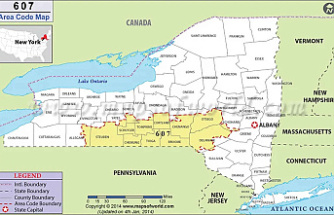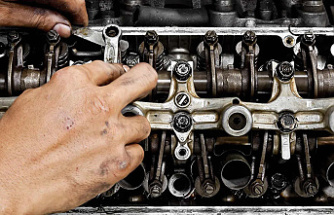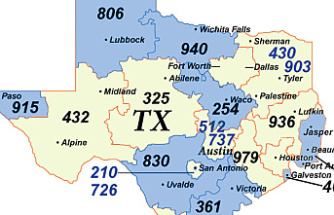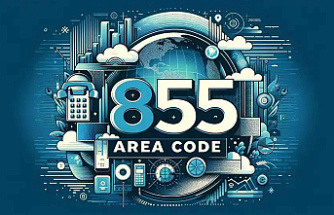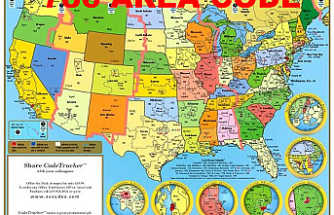Sign up for one of our email newsletters.
Updated 14 hours ago
There is a waiting list to get into welding class at North Hills High School.
“The class is so much fun,” said senior Anna Marchese, 17, as she secured her safety goggles and ignited a welding torch. She is the first female to take the class since North Hills began offering it in 2013.
“The hardest part has been mastering a T-joint weld,” she said, referring to the difficult angles required. “It took me a couple of weeks to get it down.”
Four years ago, the district's Technology Education Department partnered with Community College of Allegheny County (CCAC) to add the College In High School (CHS) Welding Program to its curriculum. It includes four courses that concentrate on machining, castings, welding, milling, fabrication, and materials testing.
CHS Welding is the final class in the series, and focuses on fundamentals of the skill. Students develop competency in shielded metal-arc welding procedures, including stringer beads, butt welds, and T-joints in both the flat and horizontal positions. They become familiar with oxy-fuel flame cutting equipment and its application, as well as safety procedures to prevent flash burns, shocks, and explosions.
“This is the most dangerous room in the building. Welding is a dangerous process,” said Matt Demharter, one of the seven technology education teachers at the school, and the only one teaching CHS Welding.
Upon completion of the five-days-a-week, 80-minutes-per-day, semester-long course, students will possess the entry-level skills necessary to secure a job right out of high school. If they choose, they can take an exam to earn an American Welding Society (AWS) certificate and nine credits toward either an associate's degree in Welding Technology from CCAC or a CCAC Welding Certificate.
The U.S. Department of Labor predicts demand for welders will increase through 2020 and skilled welders with up-to-date training will have the best job prospects, according to the Bureau of Labor Statistics.
“Welding is an advanced skill,” Demharter explained. “Knowing how to do it can lead to careers in the oil and gas industry, the building trade, manufacturing, and railroads.”
Demharter's welding students use a wide range of equipment during the class, including a CNC plasma cutter to prepare and cut metal; stick welders; torches; and a materials tester that performs destructive testing to measure the strength of students' welds.
According to Hunter Homic, a 17-year-old senior from Ross, welding requires a lot of concentration and focus.
“There are so many factors that go into welding. You always have to consider the thickness of the metal, the polarity, navigation, speed, balance, safety,” he said.
“Welding is a lot like any sport,” Demharter added. “Kids have different skill sets, and they have to practice to get better. It takes a lot of repetitions. It's a process. It takes time.”
Since 2013, about 30 students have taken the course and earned their AWS certification.
Marchese, of Ross, does not intend to become a welder. Instead, she aspires to be a materials engineer, and plans to begin her studies at college next fall. She believes the skills learned in welding class will help her be a better engineer some day.
“Welding will be a nice skill to have,” she said. “It may even make a good hobby or side job.”
She said shes' has taken 11 technology education classes during high school.
“I've always loved making things, and I fell in love with tech ed,” she said.
North Hills High School offers 25 technical education courses ranging from woodworking and metal technologies to web and mobile app design, robotics and engineering, and 3D game programming.
“We don't just make dust pans anymore,” Demharter said.
Laurie Rees is a Tribune-Review contributor.
Our editors found this article on this site using Google and regenerated it for our readers.


